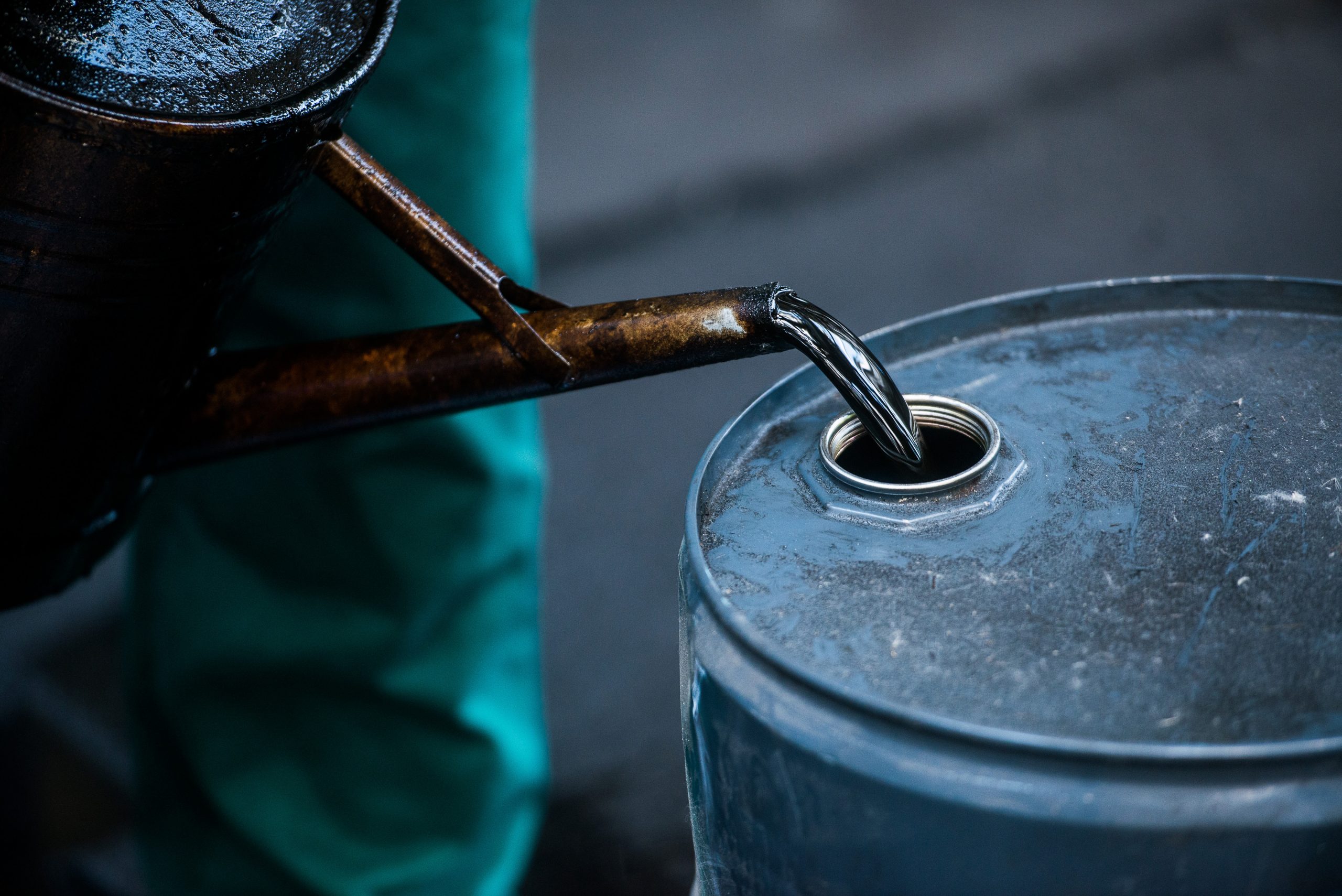Since March 2020, contraction in demand has resulted in an unprecedented increase in the price of crude oil. People have been waiting for a successful COVID-19 vaccine, which might lead to a spike in demand that might, in turn, decrease the price of crude oil and pave the way for a potential world economic recovery. Firm refinery demand from China amid OPEC+ record compliance and hopes of further supply cuts also supported prices.
Last week, global benchmark NYMEX data showed that crude prices surged above $ 46 a barrel. Asian Brent Crude also informed that prices had risen to $ 50 a barrel. Meanwhile, domestic futures prices at the MCX platform gained more than 32 percent from its November first week lows.
In April, oil prices had collapsed into negative territory due to factors like high open interest and due to lack of storage space as COVID-19 pandemic led lockdowns had resulted in a sharp decline in demand. Gradually as the lockdown was lifted around the world, prices have returned gradually.
Recent developments in vaccine making by companies like AstraZeneca, Pfizer Inc, and Moderna who have announced progress on a vaccine and we can expect it to be rolled out by the year-end has helped the market to get back to normal. Market sentiment has also improved as Joe Biden was elected as the president of the United States.
Expectations that OPEC would extend their production cut plan in the coming months, increased interest in Oil. In the most recent OPEC meeting, there was support for a three-month extension of the current level of oil production cuts. The OPEC+ group, the Organization of the Petroleum Exporting Countries, Russia, and others, will conduct a full meeting on Nov. 30 and Dec. 1 to decide the output policy for the next year.
The OPEC+ group complied 101 percent with the oil production cuts in October and will also be keeping a high level of conformity ahead of the crucial meetings by the end of this month. Back in September, the overall compliance of the OPEC+ pact participants was at 102 percent, which marked the highest since May 2020.
Market sentiment was also uplifted by increased refinery activity in China. In October, the Chinese refinery activity was at a record high. China’s crude throughput was hiked by 2.6 percent in October from a year earlier to its highest-ever level as fuel demand firmed on strong holiday travel. Data from the National Bureau of Statistics (NBS) shows that the country processed 59.82 million tonnes of crude oil in October, which is 14.09 million barrels per day (BPD). Crude inventories have been declining in the US since June.
As the second wave of COVID-19 pandemic goes out throughout Europe, the OPEC+ group might consider delaying increasing output.

